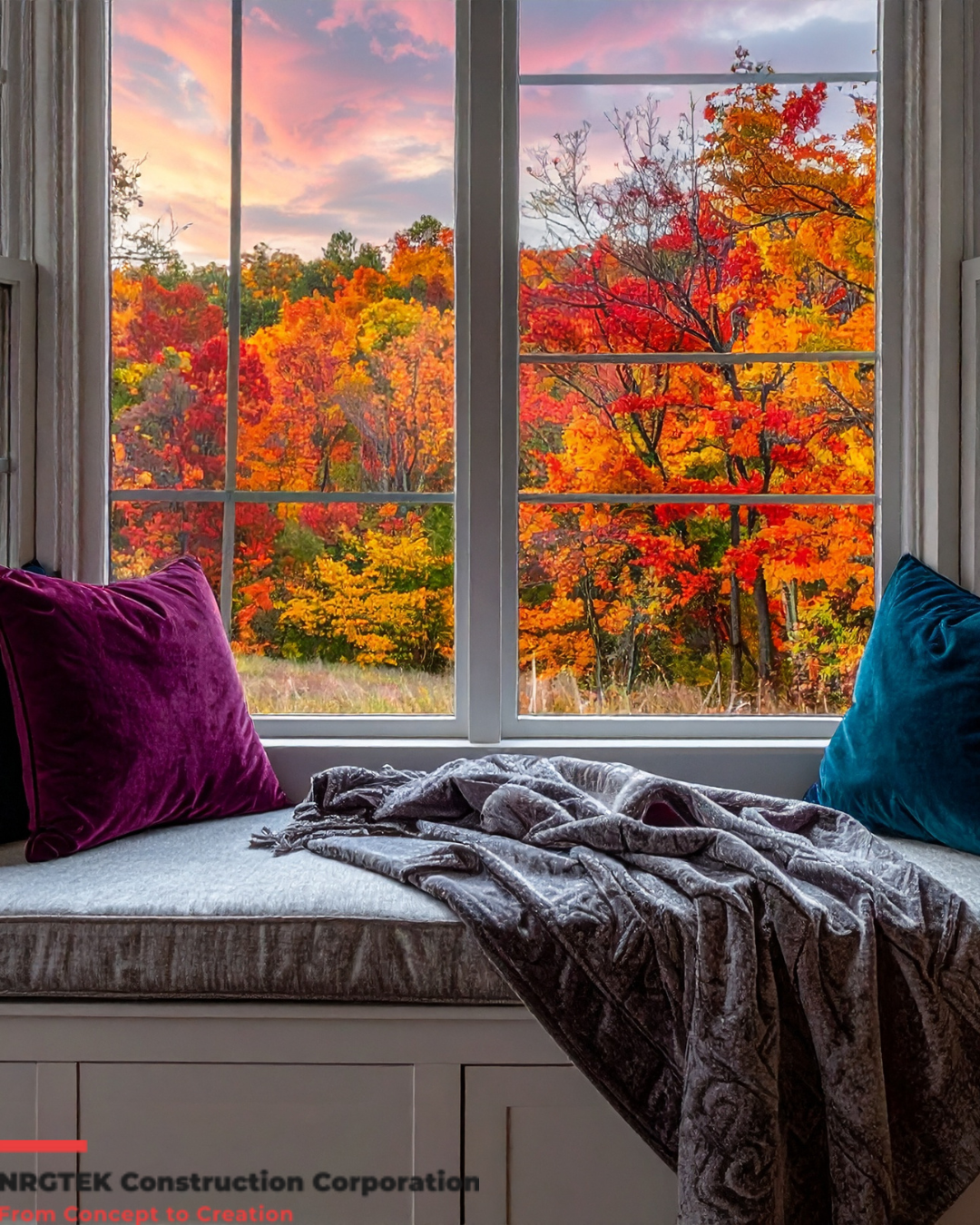
Building a new home in British Columbia (BC) offers an excellent opportunity to incorporate sustainable landscaping practices that enhance the beauty of your property and benefit the environment. Sustainable landscaping uses eco-friendly techniques to conserve water, reduce energy consumption, and promote biodiversity. Here’s a guide on planning and designing a sustainable landscaping project for your new BC home, including key practices like rainwater harvesting, native plants, and energy-efficient outdoor lighting.
-
Assess Your Property’s Needs and Local Environment
Before diving into design, it’s essential to assess the natural features of your property and the local environment. BC’s diverse climate—from coastal to mountainous regions—affects the types of plants and materials that will thrive. Consider these key factors:
- Soil Quality: Test your soil to understand its composition and nutrients. This will guide you in selecting plants that grow best in your environment.
- Water Flow: Identify natural water flow on your property, such as areas prone to pooling or areas that stay too dry. Understanding this will help you design water-efficient systems.
- Sunlight Exposure: Different areas of your yard will receive varying amounts of sunlight, influencing the types of plants and shading techniques.
-
Incorporate Rainwater Harvesting Systems
Rainwater harvesting is a great way to reduce your environmental footprint while ensuring your landscaping gets the water it needs without relying on municipal sources.
- Install Rain Barrels or Cisterns: Position rain barrels at downspouts to collect runoff water from your roof. This water can be used for watering plants, washing the car, or even for non-potable household needs.
- Rain Gardens: Create rain gardens in areas where water naturally collects. These gardens feature plants that thrive in moist conditions and help absorb runoff, reducing erosion and flooding.
- Rainwater Distribution: You can integrate a more sophisticated system that channels collected rainwater into a drip irrigation network to water your plants efficiently.
-
Use Native Plants for a Low-Maintenance, Eco-Friendly Yard
Native plants are adapted to BC’s climate, making them more drought-tolerant, pest-resistant, and requiring less maintenance. They also help preserve local biodiversity by providing habitat for native wildlife.
- Research Local Species: Select plants native to your specific region in BC. For example, the Lower Mainland and Vancouver Island will have different native plants than the Kootenays or Okanagan areas. Some popular native plants include Western Red Cedar, Douglas Fir, Wild Columbine, and Bearberry.
- Create Diverse Planting Zones: Group plants with similar water and sunlight needs together. For example, low-maintenance groundcovers in shaded areas and drought-tolerant shrubs in sun-drenched spots can be created.
- Reduce Lawn Areas: Lawns are water and maintenance-intensive. Instead, opt for ground covers, low-maintenance grasses, and strategic planting beds to minimize lawn areas while providing open spaces for relaxation or recreation.
-
Design Efficient Irrigation Systems
Water conservation is a key aspect of sustainable landscaping. A well-designed irrigation system can help minimize water waste and keep your garden healthy.
- Drip Irrigation: Install a drip irrigation system that delivers water directly to the plant roots, minimizing evaporation and runoff. This system can be automated with a timer to ensure plants receive water when needed.
- Smart Irrigation Controllers: Modern irrigation controllers can adjust watering schedules based on weather conditions, ensuring you aren’t watering during rainfall or high humidity.
- Soil Amendments: Improve the water retention capabilities of your soil by adding organic materials like compost. Healthy soil holds moisture longer, reducing the need for frequent irrigation.
-
Incorporate Energy-Efficient Outdoor Lighting
Outdoor lighting can enhance the beauty and security of your home, but traditional lighting can waste energy and contribute to light pollution. To create a sustainable lighting plan:
- LED Lighting: Opt for energy-efficient LED lights, which use less power and last longer than traditional incandescent bulbs. They are ideal for pathways, garden features, and security lighting.
- Solar-Powered Lights: Consider installing solar-powered lights for walkways, patios, or garden features. These lights are powered by the sun and reduce electricity consumption.
- Motion Sensors: Install motion-sensor lights in areas that need security lighting. This ensures lights are only on when needed, saving energy.
-
Create Shaded Areas and Windbreaks to Save Energy
Incorporate trees, shrubs, and other vegetation into your landscaping design to create natural windbreaks and shaded areas that can help reduce the energy needed to heat and cool your home.
- Plant Shade Trees: Place deciduous trees (which lose leaves in winter) on the south and west sides of your home to provide shade in the summer while allowing sunlight to warm your home during the colder months.
- Windbreaks: Planting rows of evergreen trees or shrubs on the north and west sides of your property can block cold winds, helping to lower heating costs in the winter.
-
Use Sustainable Materials for Hardscaping
The materials you use for hardscaping (like walkways, patios, and retaining walls) can significantly impact the environment.
- Permeable Paving: Opt for permeable materials such as gravel, permeable pavers, or porous concrete for patios and driveways. These materials allow rainwater to filter through the surface, reducing runoff and promoting groundwater recharge.
- Recycled Materials: Use recycled or repurposed materials, such as reclaimed wood, stone, or bricks, for garden beds, fences, and other features. This reduces the demand for new raw materials and keeps waste out of landfills.
-
Maintain Your Sustainable Landscape
Sustainability isn’t just about the initial design—it’s also about ongoing care. Regular maintenance practices like mulching, composting, and organic pest control help keep your landscape thriving without relying on harmful chemicals.
- Composting: Compost yard waste and kitchen scraps to enrich your soil with organic matter, improving plant health and reducing the need for chemical fertilizers.
- Mulching: Apply mulch around plants to retain moisture, suppress weeds, and regulate soil temperature.
Conclusion
Designing a sustainable landscaping project for your new BC home enhances your property’s aesthetic appeal and contributes to environmental conservation and energy efficiency. By incorporating practices like rainwater harvesting, native plants, energy-efficient lighting, and sustainable materials, you can create an outdoor space that supports biodiversity, reduces your ecological footprint, and saves money in the long run. Careful planning and thoughtful design choices will ensure your landscape is beautiful, functional, and sustainable for years.









